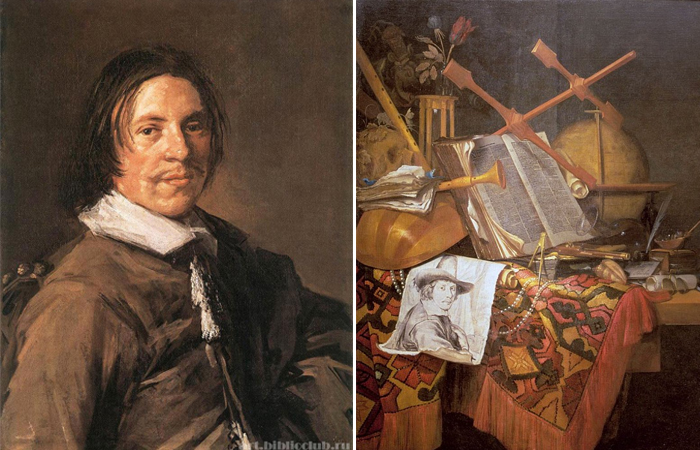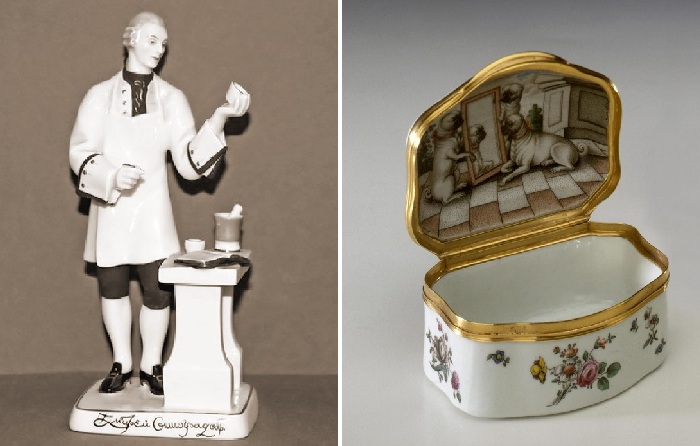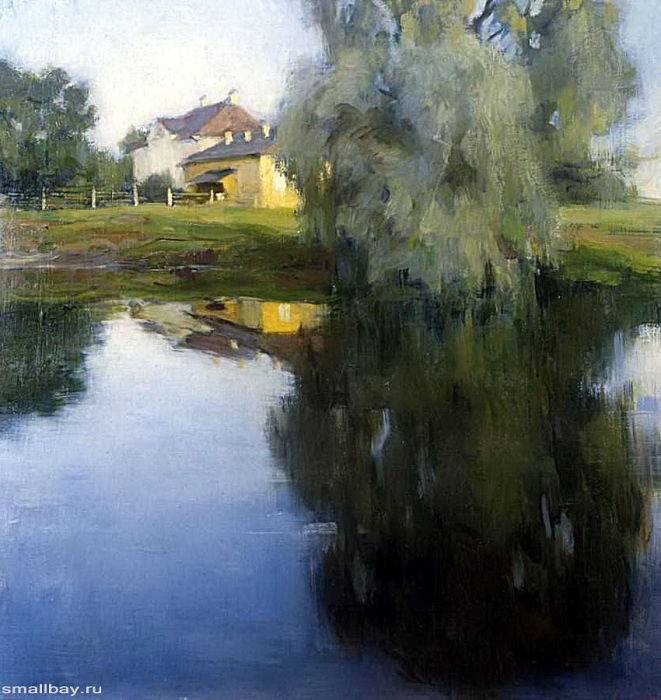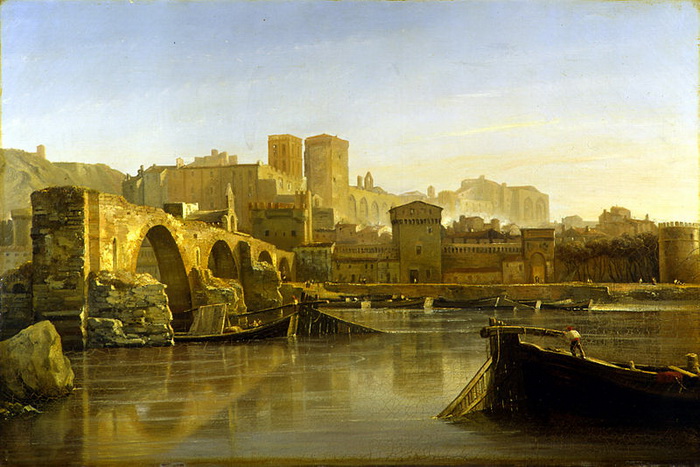Secrets of self-portraits of famous artists: Reflection in the mirror, portrait-bacon and other oddities
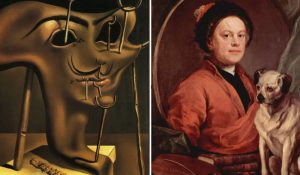 Self-portrait in most cases is an instrument of narcissism, an attempt to leave your image in eternity. But if a genius takes up the matter, his image on canvas can turn into a real masterpiece, which not only perpetuates the appearance of the master, but also puzzles, surprises, fascinates the viewer. For centuries, some of these self-portraits have been knocked out of the familiar notion of this genre, while not losing either their fans or the attention of researchers.
Self-portrait in most cases is an instrument of narcissism, an attempt to leave your image in eternity. But if a genius takes up the matter, his image on canvas can turn into a real masterpiece, which not only perpetuates the appearance of the master, but also puzzles, surprises, fascinates the viewer. For centuries, some of these self-portraits have been knocked out of the familiar notion of this genre, while not losing either their fans or the attention of researchers.
Jan van Eyck, “Portrait of the Arnolfini Couple”
It is from the Renaissance that the development of the self-portrait genre begins – an interest in a person and a person naturally generated the artist’s attention to his own image. But self-portraits in their traditional, academic form did not appear immediately. At first, the masters who wanted to portray themselves in the picture either inscribed their figure in the composition as one of the secondary characters, or became “their own sitters” and the main characters of their works.
“Portrait of the Arnolfini couple”, painted in 1434, was the first in many respects – for the picture, for example, a new technology for producing paints was used, the artist’s signature was first indicated here – it was not customary to leave his name on the canvas. The painting contains many puzzles, giving rise to controversy among art historians for centuries, and most importantly – the presence of the artist is felt very strongly in it – whether visible or not. The mirror, located behind the back of the merchant Arnolfini and his wife, reflects not only the figures of themselves, but also two other characters hidden from the viewer. One of them, perhaps, is Jan van Eyck, as indirectly evidenced by the signature on the picture “Jan van Eyck was here.”
According to another version, the artist did not depict the Arnolfini family in the picture, but himself and his wife Margarita – a portrait resemblance of the figures with the couple van Eyck is cited in support of this version.
Francesco Parmigianino, “Self-portrait in a convex mirror”
The Renaissance gave the history of art works of painting, written in different styles – Italian artists created their own traditions, offering viewers sometimes strange, but still great works of art. Parmigianino, translated from Italian as “resident of Parma”, experimented with proportions, often complicating and distorting the composition of the work, violating the laws of perspective. It is believed that he was fond of magic.
The self-portrait was painted by a very young, twenty-year-old artist, on a wooden hemisphere. Parmigianino presented it, among other works, to Pope Clement VII, having managed to attract the attention of connoisseurs to the talent manifested at such an early age. An unnaturally large hand is an unusual way of depicting a human figure, but it is typical for an artist – something similar can be found in his other works, for example, in the painting “Madonna with a Long Neck”.
Michelangelo, fresco “The Last Judgment”
The fresco, which the master painted from 1537 to 1541, is part of the altar wall of the Sistine Chapel in the Vatican. By the time he worked on The Last Judgment, Michelangelo was disappointed in the philosophy of the Renaissance, which was reflected in his work. The church accused the artist of the fact that the naked bodies of the frescoes are obscene, and therefore depicted in the fresco can be considered heresy. Michelangelo’s response to Papa was, “It’s easy to remove nudity, even if it makes the world decent.” Nevertheless, some changes were made to the images of the figures.
One of the fragments of the fresco shows Saint Bartholomew, who holds a knife in one hand and the skin taken from the sinner in the other. Michelangelo’s alleged self-portrait is visible in the creepy-looking folds of this skin – perhaps as a symbol of the fact that this work was a burden for the master.
Caravaggio, “David with the Head of Goliath”
Caravaggio is an artist who was distinguished by a complex nature and difficult fate, but recognized during his lifetime as a genius of the Renaissance. Prone to shocking, defying academicism, he became an innovator in Italian art and had a huge impact on his contemporaries and subsequent generations of painters.
In the painting “David with the Head of a Goliath”, which shows the result of the battle of the biblical hero with a giant, the self-portrait is the severed head of the vanquished. Finished in 1610, this work accompanied Caravaggio in his wanderings – after spending years of life in exile, he repeatedly corrected and corrected his work. According to one version, in the image of David, the artist portrayed himself in his youth.
Rembrandt, “The Prodigal Son in the Tavern”
Rembrandt was a lover of both the story of the prodigal son and the self-portrait genre – during his life he created several dozen of his images, carefully studying and displaying age-related changes in his appearance.
“The Prodigal Son in the Tavern” (“Self-portrait with Saskia on her lap”) – a painting painted in 1635 and depicting Rembrandt and his wife in a happy time of his life.
